ISLAMABAD: As the government has failed to remove many misconceptions about the multibillion-dollar project – the China Pakistan Economic Corridor (CPEC), the local media has been urged to remove the myths and negative propaganda against the corridor, which is considered as a game changer for the country and region alike.
Acting Ambassador of People’s Republic of China, Zhao Lijan, while addressing a seminar on “CPEC and Role of Media” organized by the Council of Pakistan Newspapers Editors (CPNE) here at a local hotel in Islamabad on Monday, shared six major misconceptions on CPEC which are being discussed in media and other forums. On one of the interesting misconceptions about the project – that Chinese prisoners were actually working on different projects in Pakistan, the Chinese ambassador, while rejecting the theory, claimed that the misconception might have been created due to the security arrangements made for the workers whose movements in Pakistan are restricted for security purposes.
Another misconception, he said, was related to air pollution being caused by the coal-fired power plants. He said the plants installed in Pakistan were new and pollution free. There were over 1000 similar plants operational in China.
Talking about another misconception being circulated in the media, he says, is related to the debt and high loan interests to Chinese companies under the CPEC. He said the debt under CPEC was merely 10 per cent of the total debt of Pakistan. At present, the amount for the CPEC projects under construction or completed in $19 billion for which the financing arrangements are divided into four categories including investments, gratuitous aid provided by the Chinese side, interests free loan and preferential buyer credit. For investment, the main source of funds are commercial bank loans by investors, and not by the Pakistani government. The repayment method of such an investment is mainly based on the operating income after the completion of the projects and will not increase the debt burden. Most of the energy projects under CPEC use this approach. The interest rate of the loans provided by the Chinese banks for energy projects under CPEC is around 6 per cent.
According to the ambassador, for gratuitous aid, there is no pressure on the Pakistani side to pay back. For preferential buyers’ credit, the total amount under CPEC is $6 billion, a 31.6 per cent of the total cost of the corridor project. According to the Export-Import Bank of China, the peak value of Pakistan’s repayment of will occur in 2024, with only $527 million whereas the total amount to be paid back is $7.4 billion.
In reply to a query, he said, that corruption is needed to be controlled while ensuring transparency in government affairs. However, he said, a complete eradication of corruption is not possible in any country.
Earlier, addressing the seminar, renowned economist and former Governor State Bank of Pakistan Dr Ishrat Hussain also rejected the impression that China is entrapping Pakistan by giving expensive loans and credits for projects of dubious economic value. According to him, the said apprehensions are totally misplaced and based on conjectures, not on actual facts. Out of the total commitment of $50 billion, 70 per cent or $35 billion would be coming to Pakistan in the form of Foreign Direct Investment (FDI). The Chinese companies are following the established IPP policy of the Government which is applicable to all domestic and foreign investors under which they are allowed 17 per cent return on equity in US dollar terms. Infrastructure projects would be financed by long-term concessional loans averaging an interest rate of per cent nt and grants. It is estimated that the total annual outflows on both these counts would average between 2.5 to 3 billion dollars annually.
Dr Ishrat said the energy crisis had crippled the economy as even in the PPP governmen,t exports had registered $25 billion, which came down to $20 billion in the last years of the PMLN government. The losses to national income due to energy shortages amounted to $6 billion annually. However, he hoped, as these shortages are eased and efficiency gains are realized the national income would rise at least by $6-7 billion per annum. Resumption of a higher growth rate of 6 to 7 per cent would not only suffice to repay these obligations comfortably but also have ample resources available for new investment. Exports are now beginning to grow in double digits. It is estimated that a 14 per cent growth rate of exports would be able to finance the additional foreign exchange burden of all the repayments on account of CPEC.
“What we need is to get the maximum benefit of the CPEC projects, concessional loan facilities to increase exports. Once exports are increased the issue of balance of payment will be resolved. We are already paying back the loan worth $6 billion to the International Monetary Fund (IMF),” he added.
Addressing the seminar, Minister of Information Barrister Ali Zafar said claimed that it was the failure of governments to share information about CPEC with the public which created many confusion and misconceptions. As per Article 19A of the constitution, every citizen of the country has the right to get information. All process of contracts, financial transactions and projects related matters should be made public to avoid any doubt.
He suggested making a legal framework or body to speedily handle disputes and issues related to CPEC under one umbrella. An overseeing body may also monitor progress on CPEC projects.
Renowned senior journalist and President of CPNE Arif Nizami, while addressing the seminar said there was some misconception regarding CPEC and local media has failed to educate the people about how the mega project will benefit them.
Unfortunately, for local media, especially electronic media, CPEC is a boring subject to discuss and focus on. The media in Pakistan also gives little importance to economic issues. Both print and electronic media should play its role to remove the misconception about CPEC.
He said that China has a different concept of freedom of media/press. Chinese media should also be encouraged and facilitated to visit Pakistan paving way for more interaction of media.
Addressing the seminar, Defence Analyst and writer, Ikram Sehgal said that there were many myths regarding the corridor project. The misconceptions like Pakistan could be a colony of China, Beijing will exploit resources in Balochistan, transnational terrorism will be encouraged, Chinese workers will replace locals, local business will be harmed etc are all based on wrong conceptions propagated mostly by enemies.
China has never colonised any country. “Even in the present situation regional realignment, Pakistan should maintain its neutrality,” Sehgal suggested


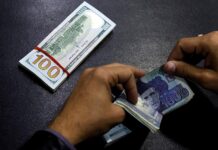


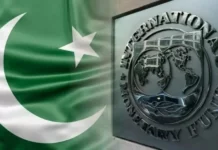
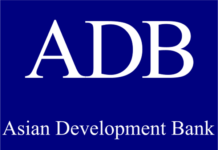












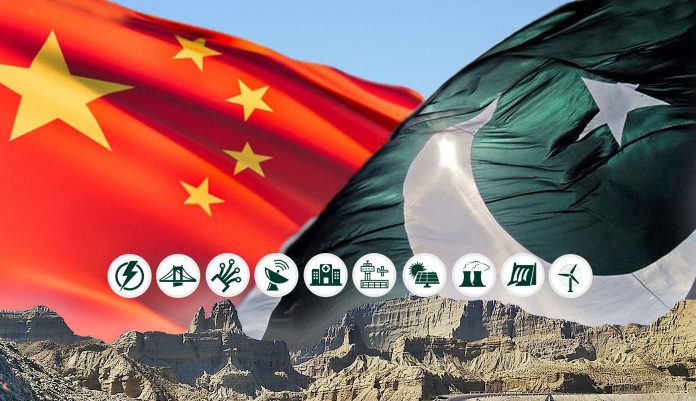
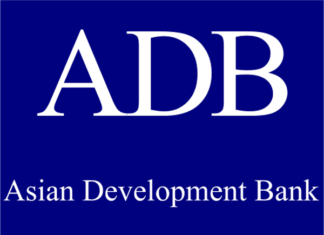



中国 永远的 好兄弟
“Out of the total commitment of $50 billion, 70 per cent or $35 billion would be coming to Pakistan in the form of Foreign Direct Investment (FDI)”
$50 billion figure came from?